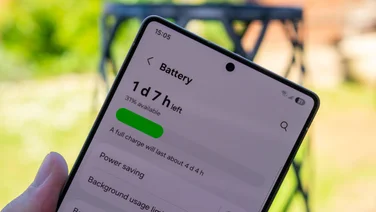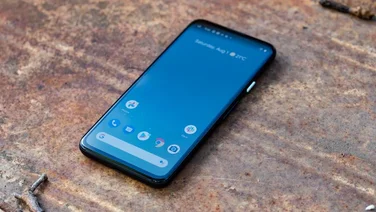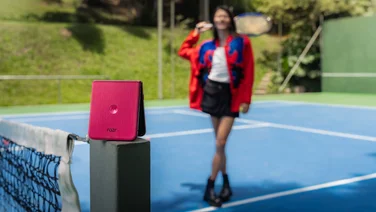To help us provide you with free impartial advice, we may earn a commission if you buy through links on our site. Learn more

Samsung’s decision to halt production of its Galaxy Note 7, due to a handful of exploding battery incidents, has left a rather large hole for would-be phablet owners. One smartphone attempting to fill the void is Huawei’s Mate 9, its latest flagship jumbo phone.
This phone has one huge display, measuring 5.9in from corner-to-corner. It only has a resolution of 1,080 x 1,920, but what the Mate 9 lacks in pixel density, it makes up for elsewhere, including a dual 20-megapixel camera, a big 4,000mAh battery and beautiful all-metal chassis. Its matte finish looks particularly classy, and its neat cluster of rear sensors and subtle antenna band covers all contribute to a much more sophisticated appearance than its predecessor the Mate 8.
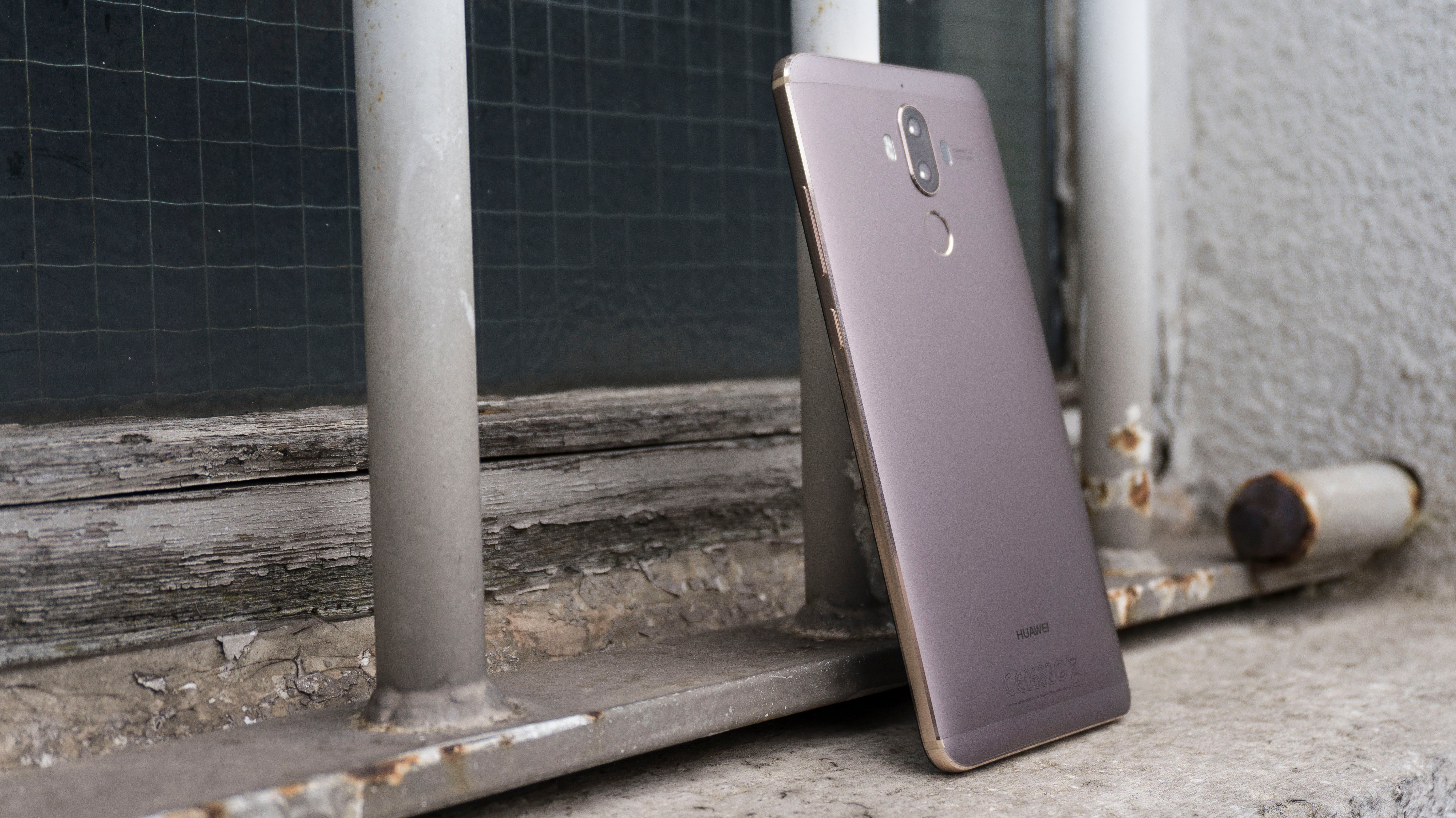
Display
The screen is gorgeous, and at no point did I feel like I could do with a higher resolution. Its pixel density of 373ppi is still perfectly acceptable on a screen this size, and I struggled to make out any kind of stepping or pixellation.
It helps that the screen is so eye-searingly bright. I measured a peak brightness of 622cd/m2, which is nearly twice that of the Note 7’s default maximum brightness in manual mode, and significantly brighter than its peak in auto-brightness mode, too, so you shouldn’t have any trouble reading the screen in direct sunlight. Combine this with an excellent contrast ratio of 1,529:1 and a superb sRGB colour gamut coverage of 98.7% and you have one of the most impressive displays on any smartphone.
Battery Life
A lower resolution screen should also help when it comes to battery life, as fewer pixels should theoretically be less of a drain on the phone’s battery. However, while Huawei’s clearly managed to improve the efficiency of its battery saving technology on the Mate 9 compared with the Mate 8, it’s still pretty disappointing considering the battery’s size.
Despite its huge 4,000mAh battery, the Mate 9 lasted only 13hrs 17mins in our continuous video playback test with the screen brightness set to our usual measurement of 170cd/m2. That’s around 90 minutes longer than the Mate 8, which also had a 4,000mAh battery, but I was hoping for more, especially after the Moto Z Play‘s smaller 3,510mAh battery lasted a much more impressive 23hrs 45mins.
The Mate 9 should still get you through the course of a day, but it’s clear there are more impressive big-screen phones around if you want something to last you well into the next day.

Performance
One of the downsides of releasing a phone at the end of 2016 is that, as well as this years crop of phones, its going to have to compete very soon with 2017s flagships, such as the Samsung Galaxy S8. If our benchmarks are anything to go by, however, then the Mate 9’s new octa-core 2.4GHz Kirin 960 processor should mean it’s fairly well-equipped to do that.
Indeed, with a Geekbench 4 multicore score of 6,244, the Mate 9 comfortably outstrips both the Samsung Galaxy S7 family, the iPhone 7 and the Google Pixel XL, making it the fastest Android phone I’ve ever tested. Its single core score is slightly less impressive, hitting just 1,843, but this is still on par with Samsung’s S7 and S7 Edge, so it can hardly be considered sluggish.
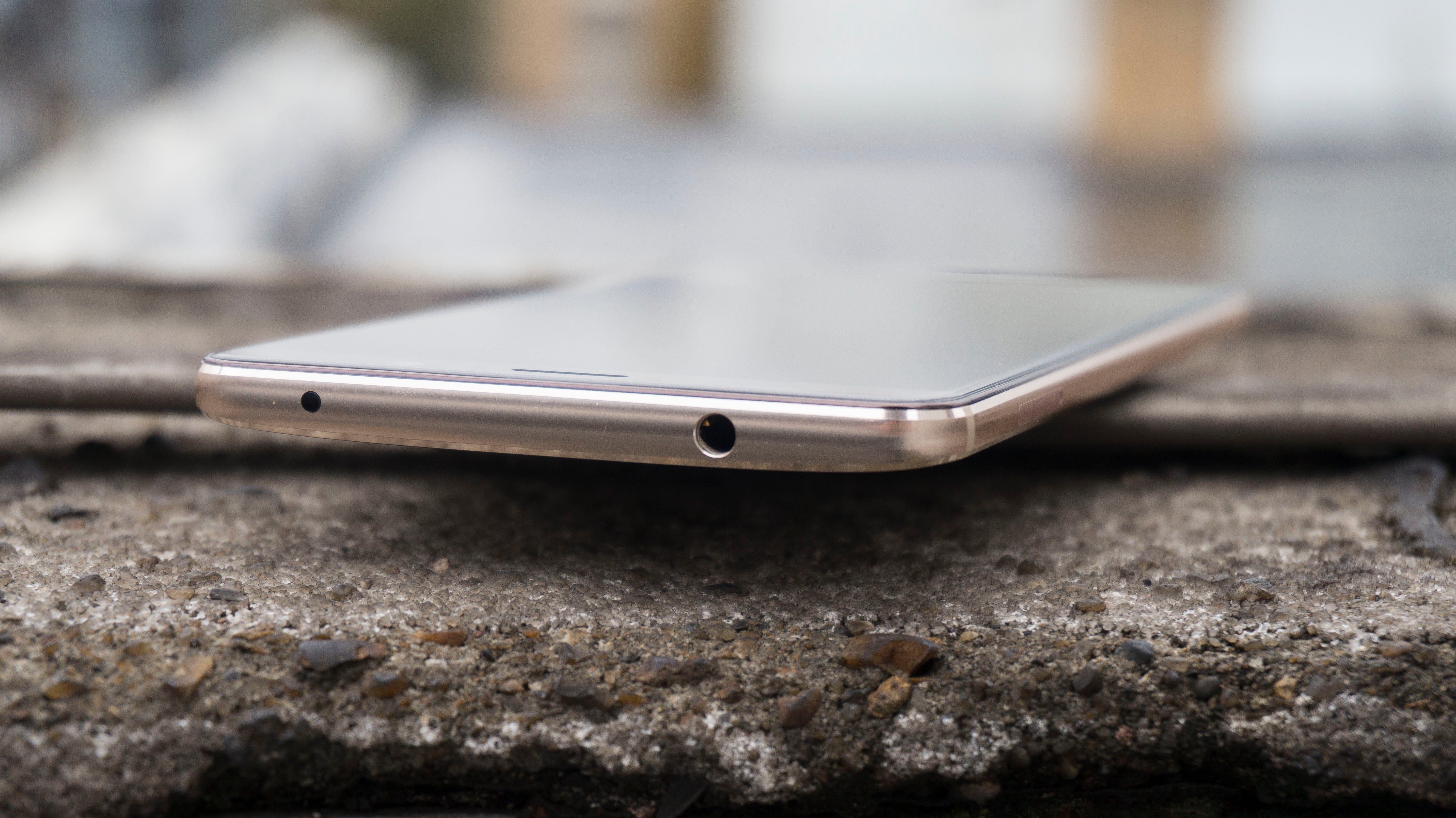
Where the Mate 9 starts to come a cropper, however, is graphics performance. This seems to be a recurring theme with Huawei’s Kirin chips, and such is the case with the Mate 9. While a score of 2,306 frames (37fps) in GFX Bench GL’s onscreen Manhattan 3.0 test is by no means terrible, it pales in comparison with other big screen phones such as the OnePlus 3, which scored an average of 47fps.
I also noticed quite a few hitches in the frame rate when I tried a quick game of Hearthstone, which ended up making it quite bothersome to play. This is a shame considering the Mate 9’s large display is primed and ready for big-screen, 3D gaming, but at least you’ll be fairly safe with simpler, 2D titles.
Camera
Where the Mate 9 sets itself apart from the Mate 8 is with its dual rear cameras. As with the Huawei P9, the cameras have been produced in partnership with legendary German optics and camera manufacturer, Leica, with one dedicated wholly to monochrome shots while the other is a full RGB sensor.
Each lens has an aperture of f/2.2 as well as built-in optical image stabilisation, but the monochrome sensor has a 20-megapixel resolution while the RGB sensor only has a 12-megapixel resolution. You can still take pictures in 20 megapixels, though, so you won’t have to compromise on pixel count regardless of whether you’re taking pictures in colour or black and white.
According to Huawei, the advantage of having a dedicated monochrome sensor is that it can capture more detail than a standard RGB sensor. That may well be true, but in practice I found it made several of my pictures look overly dark, even taking into account the gloomy overcast weather conditions. Images were well-exposed, but colour vibrancy suffered as a result, with bright orange brickwork appearing quite dull and muted.

I also wasn’t that impressed with the Mate 9’s wide aperture mode. This is meant to create an enhanced bokeh effect for shallow depth-of-field shots, but I found it often clipped the edges of the subject I wanted to keep in focus and blurred them out as well as the background. I achieved sharper, more visually pleasing results just by using the camera’s auto mode. The background wasn’t quite as blurred, admittedly, but at least the subject in the foreground was completely in focus.


The Mate 9’s indoor performance was slightly better, but it struggled in low light. The fur on the stuffed bear in our still life test shot, for instance, looked soft and smeary, and object outlines weren’t particularly sharp. White and greys were also a little warm for my liking, but at least the camera managed to keep noise levels to a minimum. Sharpness improved once I switched on our external studio lamps, but the colour temperature was still a little on the warm side.

Verdict
With its sub-par battery life and not particularly brilliant cameras, I’m not wholly enamoured with the Mate 9. It’s fast and has a lovely design, but I’m not sure it’s worth the money. UK prices have yet to be announced for the Mate 9, but we do know that its set to cost 700 Euros, so youre almost certainly looking at a UK SIM-free price well north of £600. That’s a lot more than the Mate 8’s initial price of around £450, and it rather undermines what remains of the Mate 9s appeal.
Right now, the Mate 9 simply doesn’t do enough to make it a worthy Note 7 replacement, and I’d advise opting for one of its cheaper 5.5in rivals instead. The Moto Z Play or OnePlus 3 both surpass the Mate 9 in several key areas and cost significantly less.


